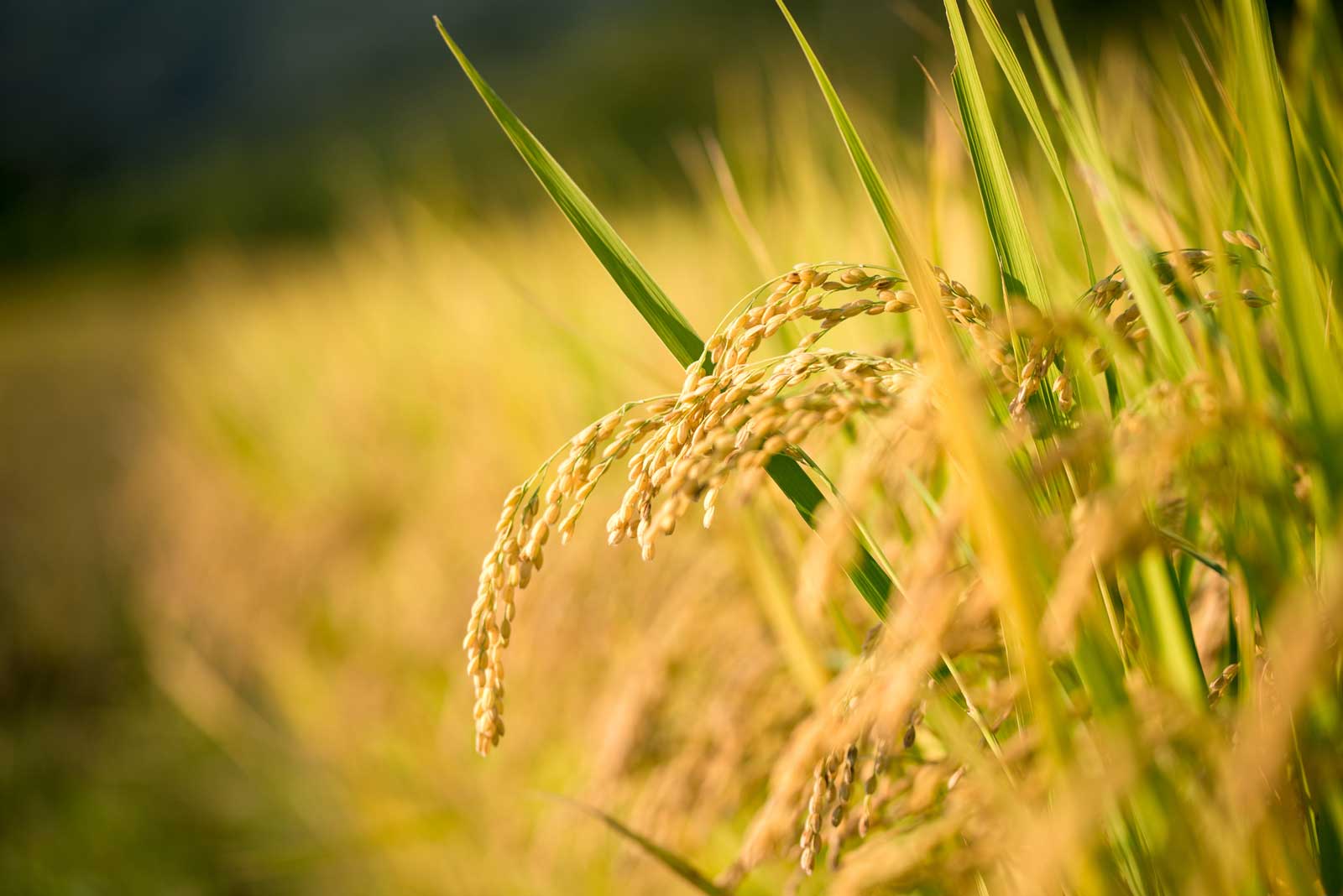Traditional way of making coconut oil using an ox-powered mill in Seychelles
Coconut oil can be extracted through “dry” or “wet” processing. Dry processing requires the meat to be extracted from the shell and dried using fire, sunlight, or kilns to create copra. The copra is pressed or dissolved with solvents, producing the coconut oil and a high-protein, high-fiber mash. The mash is of poor quality for human consumption and is instead fed to ruminants; there is no process to extract protein from the mash. A portion of the oil extracted from copra is lost to the process of extraction.
The all-wet process uses raw coconut rather than dried copra, and the protein in the coconut creates an emulsion of oil and water. The more problematic step is breaking up the emulsion to recover the oil. This used to be done by prolonged boiling, but this produces a discolored oil and is not economical; modern techniques use centrifugesand pre-treatments including cold, heat, acids, salts, enzymes, electrolysis, shock waves, or some combination of them. Despite numerous variations and technologies, wet processing is less viable than dry processing due to a 10–15% lower yield, even compared to the losses due to spoilage and pests with dry processing. Wet processes also require investment of equipment and energy, incurring high capital and operating costs.
Proper harvesting of the coconut (the age of a coconut can be 2 to 20 months when picked) makes a significant difference in the efficacy of the oil-making process. Copra made from immature nuts is more difficult to work with and produces an inferior product with lower yields.
Conventional coconut oil uses hexane as a solvent to extract up to 10% more oil than just using rotary mills and expellers. The oil is then refined to remove certain free fatty acids, in order to reduce susceptibility to rancidification. Other processes to increase shelf life include using copra with a moisture content below 6%, keeping the moisture content of the oil below 0.2%, heating the oil to 130–150 °C (266–302 °F) and adding salt or citric acid.
Virgin coconut oil (VCO) can be produced from fresh coconut meat, milk, or residue. Producing it from the fresh meat involves removing the shell and washing, then either wet-milling or drying the residue, and using a screw press to extract the oil. VCO can also be extracted from fresh meat by grating and drying it to a moisture content of 10–12%, then using a manual press to extract the oil. Producing it from coconut milkinvolves grating the coconut and mixing it with water, then squeezing out the oil. The milk can also be fermented for 36–48 hours, the oil removed, and the cream heated to remove any remaining oil. A third option involves using a centrifuge to separate the oil from the other liquids. Coconut oil can also be extracted from the dry residue left over from the production of coconut milk.
A thousand mature coconuts weighing approximately 1,440 kilograms (3,170 lb) yield around 170 kilograms (370 lb) of copra from which around 70 litres (15 imp gal) of coconut oil can be extracted.








